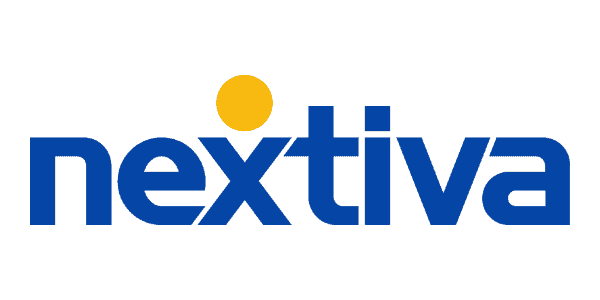 People are becoming increasingly demanding of customer support. Not only do they expect you to answer faster than ever before, but they also want to have the option to get in touch via their preferred communication channel. Still, phone calls continue to be the preferred way for clients to get assistance. Call centers are a combination of tools that companies use to handle customer queries over the phone. There are two main types of call centers: inbound and outbound. Understanding the key differences between them is crucial to figure out which one meets your business’s needs the best.
People are becoming increasingly demanding of customer support. Not only do they expect you to answer faster than ever before, but they also want to have the option to get in touch via their preferred communication channel. Still, phone calls continue to be the preferred way for clients to get assistance. Call centers are a combination of tools that companies use to handle customer queries over the phone. There are two main types of call centers: inbound and outbound. Understanding the key differences between them is crucial to figure out which one meets your business’s needs the best.
What Is an Inbound Call Center?
As the name suggests, inbound calls are received from outside the company. This means that inbound call centers focus on handling external incoming calls, which are usually made by clients. Consequently, customer support call centers commonly fall within this category. Other examples of inbound call centers include technical support, inbound sales, and receptions.
What Is an Outbound Call Center?
Naturally, outbound call centers are the opposite of inbound. This means that outbound calls are the ones made to someone outside the company. Outbound call centers focus on reaching out to people like potential leads via phone. For instance, sales teams take advantage of outbound call centers when managing either cold or warm call campaigns. As well as sales, these call centers are also used to set appointments, run surveys, and more.
The Difference Between Inbound and Outbound Call Centers
 As we have learned, it’s easy to understand the main difference between inbound and outbound call centers. The former is used to receive calls, whereas the latter is for making calls. While this might seem simple, there’s a big difference between running an inbound and outbound call center. Not only will you need unique features for each solution, but you also need to follow distinct best practices.
As we have learned, it’s easy to understand the main difference between inbound and outbound call centers. The former is used to receive calls, whereas the latter is for making calls. While this might seem simple, there’s a big difference between running an inbound and outbound call center. Not only will you need unique features for each solution, but you also need to follow distinct best practices.
Inbound call center software focuses on call handling features that allow your agents to easily pick up, transfer, and forward calls. They also come with tools that enable you to set up IVR, call routing, and call queue. In short, they have everything you need to handle a great deal of incoming calls in the most efficient way possible. On the other hand, outbound call center software provides features to make a high volume of external calls. This means advanced autodialers that dial numbers automatically and skip any unanswered calls.
Since most inbound call center agents answer customers who are facing an issue, it’s crucial to be empathetic and have stress tolerance skills. On the flip side, it’s more important for outbound call center agents to grab attention right off the bat with a strong sales pitch.
Blended Call Centers
 Depending on your business, you might need both an outbound and an inbound call center. That’s what blended call center solutions are for, as they allow companies to receive and make calls simultaneously. More importantly, you can also manage the two platforms in one place, enabling your outbound agents to see a client’s customer support history before calling them.
Depending on your business, you might need both an outbound and an inbound call center. That’s what blended call center solutions are for, as they allow companies to receive and make calls simultaneously. More importantly, you can also manage the two platforms in one place, enabling your outbound agents to see a client’s customer support history before calling them.
In the past, running a hybrid call center was expensive. Companies had to invest heavily in hardware, such as servers, and needed to have a dedicated IT team for maintenance and development. Fortunately, you can now have both at an affordable price by taking advantage of contact center software. Since this solution runs on the cloud, you can easily manage a virtual call center without worrying about upkeep.
Right off the bat, contact center software provides all the features required to run an inbound call center, including advanced call routing, real-time call monitoring, and more. Tools for outbound calls typically come with the more expensive subscriptions. Still, this normally means just a couple of dollars each month. Better yet, you can take advantage of the free trials available to test everything out before committing to a purchase.
Customer support is one of the most important aspects of any business. Even if it’s not your core product, it’s a factor that can make customers choose you over your competition. So, make sure you have a strong call center system in place that allows you to provide a seamless customer experience. To achieve this, we highly recommend deploying a virtual call center that enables you to help your customers reactively and proactively.
Best VoIP Systems of 2024
| Rank | Provider | Info | Visit |
|
1
|
Editor's Choice 2024
|
|
|
|
2
|

|
|
|
|
3
|
|
|
Get the Best Deals on Virtual Phone Systems
Our monthly newsletter delivers the latest virtual phone systems deals, trends and reviews directly into your inbox.
Share Your Comment